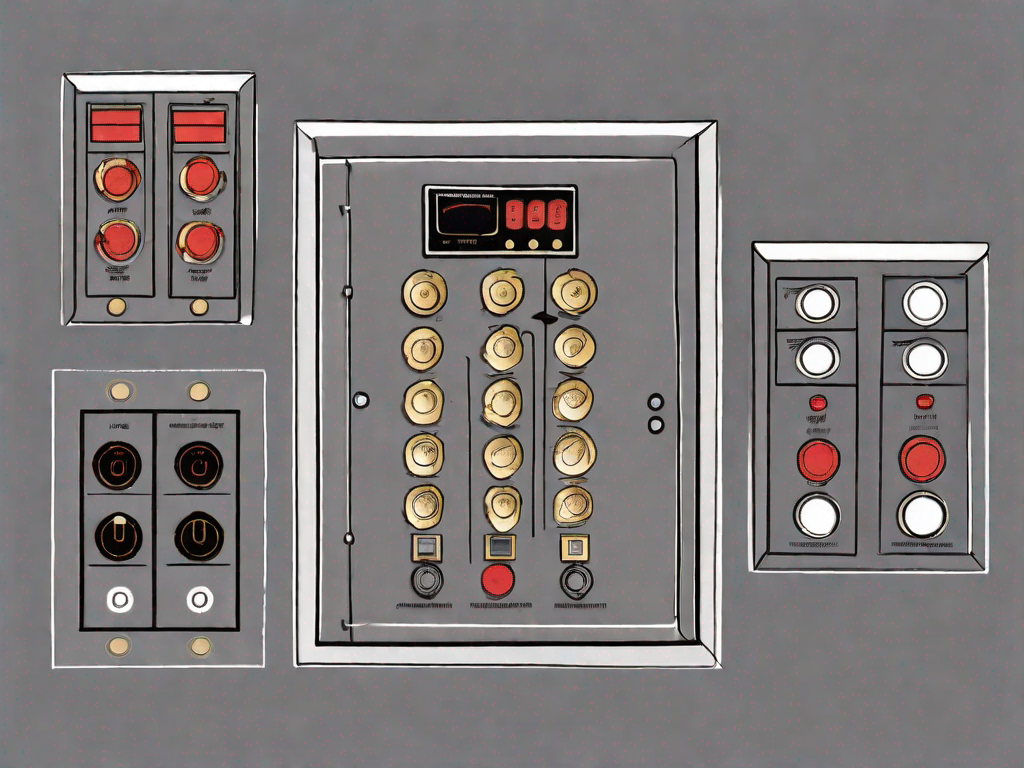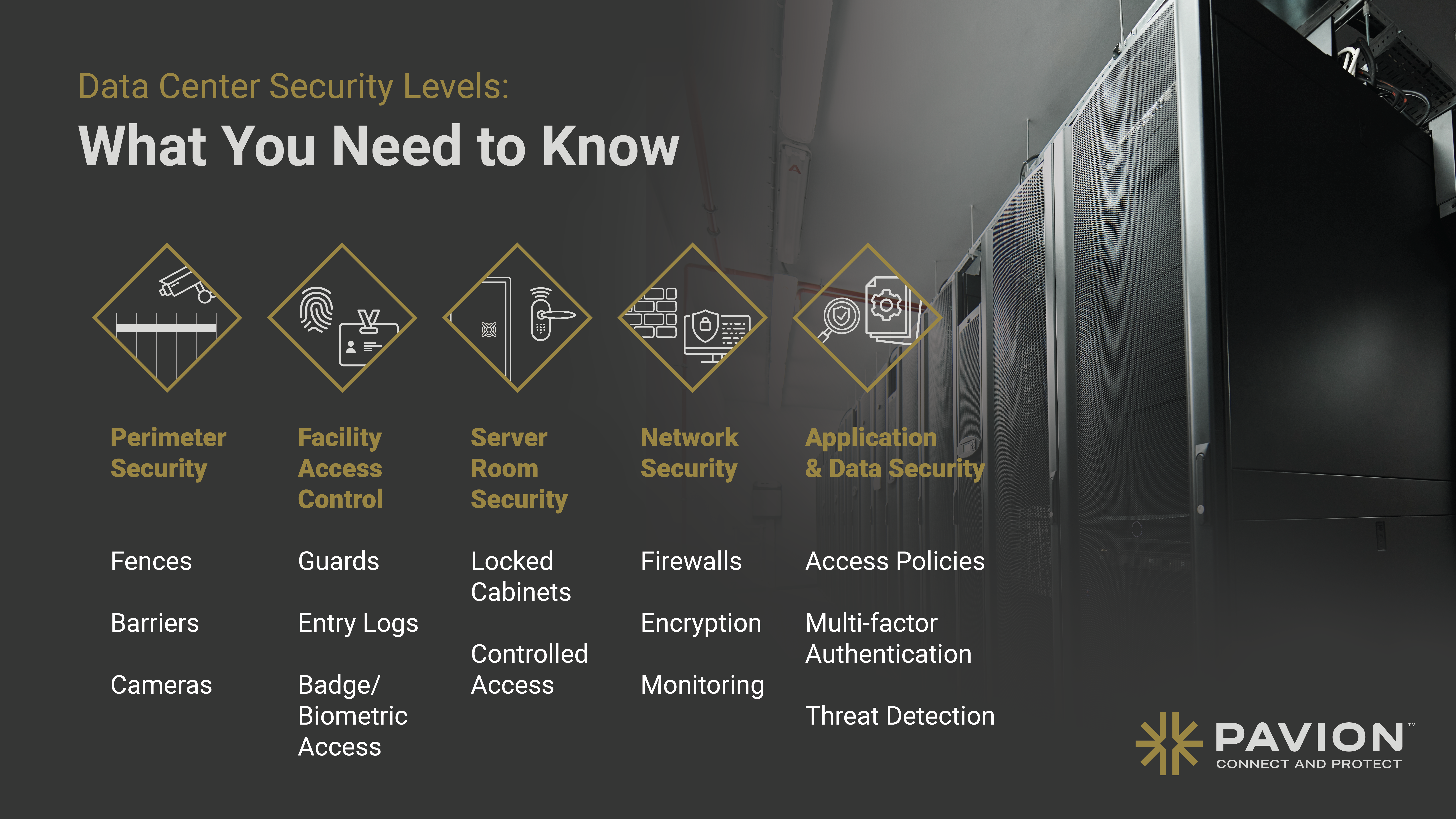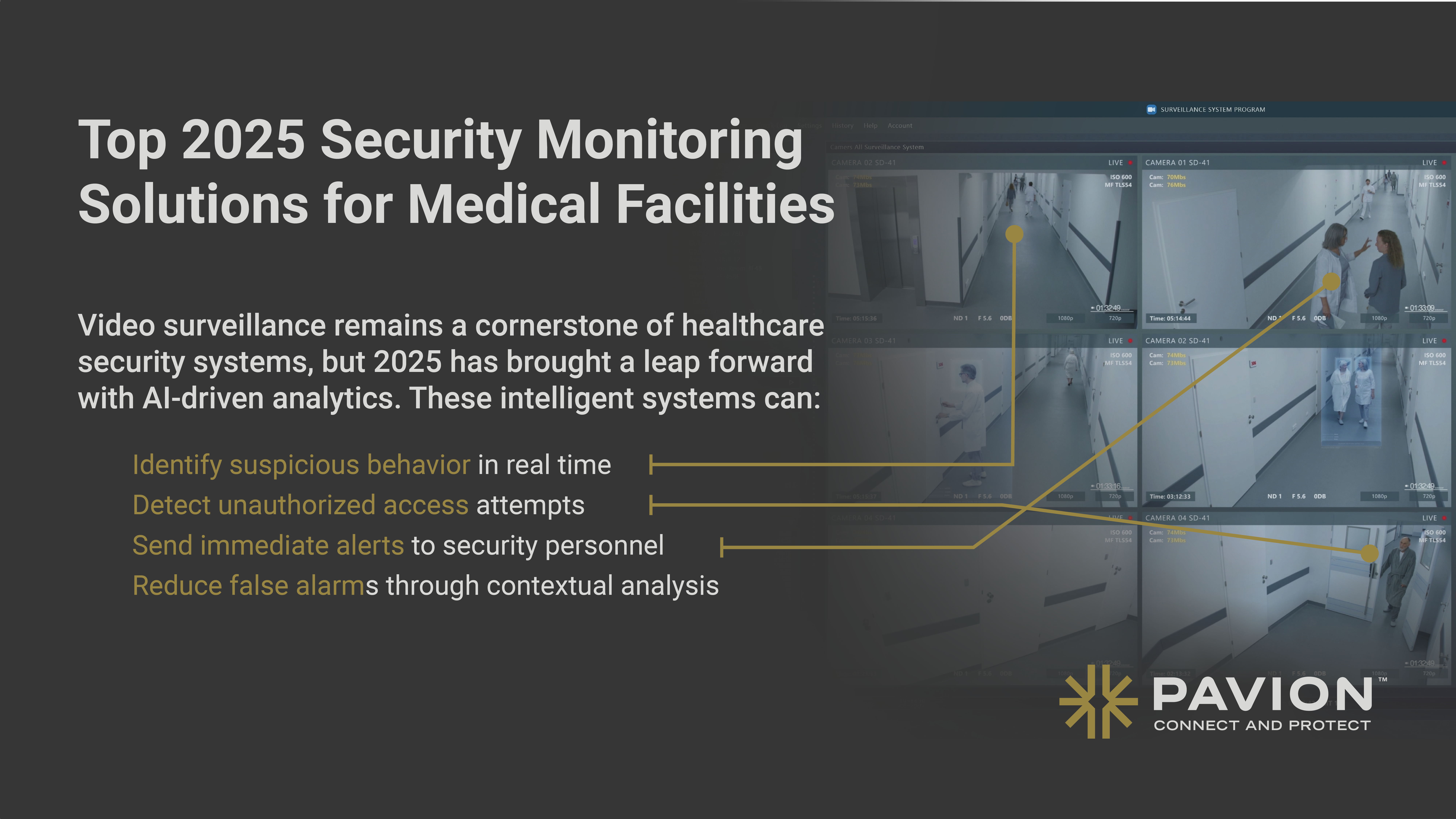
The Difference Between a Fire Alarm Annunciator and a Control Panel
A fire alarm system is vital in ensuring the safety of a building and its occupants. It serves as an early warning system that detects the presence of smoke, fire, or heat. However, for those who are new to the topic, understanding the different components of a fire alarm system can be quite confusing. In particular, many people may be unaware of the distinction between a fire alarm annunciator and a control panel.
Understanding Fire Alarm Systems
Before we delve into the differences between a fire alarm annunciator and a control panel, it is essential to have a basic understanding of fire alarm systems. Fire alarm systems are designed to detect fires in their early stages and alert occupants to evacuate or take appropriate action. These systems consist of various components that work together to provide a comprehensive fire protection solution.
Fire alarm systems are a crucial part of any building’s safety infrastructure. They are designed to detect the presence of fire and initiate appropriate actions to protect lives and property. These systems are meticulously engineered to ensure that they are reliable, efficient, and capable of providing early warning in the event of a fire.
Basic Components of Fire Alarm Systems
A fire alarm system typically consists of smoke detectors, heat detectors, manual pull stations, fire alarm control panels, fire alarm annunciators, and notification devices such as bells or strobe lights. These components work harmoniously to detect a fire, trigger an alarm, and notify the occupants of the building.
Smoke detectors are one of the most critical components of a fire alarm system. They are designed to sense the presence of smoke particles in the air, which can be an early indication of a fire. Heat detectors, on the other hand, are designed to detect rapid increases in temperature, which can also be a sign of a fire. These detectors are strategically placed throughout the building to ensure maximum coverage and early detection.
Manual pull stations are another important component of a fire alarm system. These stations are typically located near exits and allow occupants to manually activate the fire alarm in case of an emergency. This provides an additional layer of safety, as it allows individuals to initiate the alarm if they spot a fire before the detectors are activated.
The fire alarm control panel is the brain of the system. It receives signals from the detectors and pull stations and processes the information to determine if there is a fire. If a fire is detected, the control panel triggers the alarm and activates the notification devices to alert the occupants. It also sends a signal to the fire department or monitoring station, ensuring that help is on the way.
Importance of Fire Alarm Systems
The importance of fire alarm systems cannot be overstated. They save lives, minimize property damage, and help emergency responders act swiftly. By detecting a fire in its early stages, these systems give people the necessary time to evacuate safely. In addition, fire alarm systems can also notify the appropriate authorities, such as the fire department, thus minimizing response time and potentially saving even more lives.
Fire alarm systems are designed to provide reliable and timely information in the event of a fire. They are equipped with advanced technology that allows them to differentiate between false alarms and actual fires, reducing the likelihood of unnecessary evacuations and disruptions. These systems are also regularly tested and maintained to ensure their effectiveness and compliance with safety regulations.
Furthermore, fire alarm systems are not only crucial in commercial buildings but also in residential properties. Residential fire alarm systems are specifically designed to meet the unique needs of homes, providing early warning and protection for families and their belongings.
In conclusion, fire alarm systems play a vital role in safeguarding lives and property. They are a comprehensive solution that combines various components to detect fires, trigger alarms, and notify occupants and authorities. By understanding the basic components and importance of fire alarm systems, we can appreciate the significant impact they have on our safety and well-being.
Introduction to Fire Alarm Annunciator
Now that we have a general understanding of fire alarm systems, let’s focus on the fire alarm annunciator. An annunciator is a visual representation of the fire alarm system’s status. Its primary function is to provide a clear and concise indication of the location and type of alarm that has been activated.
When it comes to fire safety, every second counts. That’s why having a reliable and efficient fire alarm annunciator is crucial. In the event of a fire, the annunciator plays a vital role in alerting building occupants and emergency responders, allowing them to take immediate action to ensure everyone’s safety.
But what exactly does a fire alarm annunciator do? Let’s explore its role and function in more detail.
Role and Function of a Fire Alarm Annunciator
A fire alarm annunciator acts as a centralized display panel that presents information from the fire alarm control panel. It serves as a visual representation of the entire fire alarm system, providing real-time updates about the status of individual alarms or alarm zones within a building.
Imagine a large building with multiple floors and numerous alarm devices installed throughout. In such a complex setup, it can be challenging to quickly pinpoint the exact location of a triggered alarm. This is where the fire alarm annunciator comes in. By quickly and accurately displaying this data, the annunciator allows building personnel or emergency responders to identify the exact location of the alarm quickly.
Not only does the annunciator provide information about the location of the alarm, but it also indicates the type of alarm that has been activated. This can be crucial information for emergency responders, as different types of alarms may require different response protocols.
Moreover, a fire alarm annunciator can be customized to suit the specific needs of a building. It can be programmed to display additional information, such as the status of sprinkler systems or emergency evacuation routes. This added functionality further enhances the effectiveness of the annunciator, providing comprehensive information to aid in emergency response.
Now that we understand the role and function of a fire alarm annunciator, let’s take a closer look at some of its key features.
Key Features of Fire Alarm Annunciators
Fire alarm annunciators are equipped with features that enhance their usability and effectiveness. These features may include LED lights or alphanumeric displays, which help convey the status of each alarm zone. The use of LED lights allows for clear visibility, even in low-light conditions, ensuring that the annunciator can be easily read at all times.
Additionally, some annunciators may have built-in buttons or touchscreen interfaces that enable users to acknowledge or silence specific alarms. This functionality is particularly useful in situations where false alarms occur, as it allows authorized personnel to quickly address the issue without causing unnecessary panic or disruption.
Furthermore, modern fire alarm annunciators often come with advanced connectivity options. They can be integrated with other building systems, such as HVAC or access control, allowing for a more comprehensive and coordinated response in the event of an emergency. This integration ensures that all relevant parties are notified and can take appropriate action.
Another important feature of fire alarm annunciators is their ability to log and store alarm events. This log can be accessed later for analysis and review, providing valuable data for improving fire safety protocols and identifying any recurring issues that need to be addressed.
In conclusion, fire alarm annunciators play a crucial role in fire safety systems. They provide a centralized display of the fire alarm system’s status, allowing for quick identification of alarm locations and types. With their key features such as LED lights, touchscreen interfaces, and connectivity options, annunciators enhance the effectiveness of emergency response and contribute to the overall safety of buildings and their occupants.
Introduction to Fire Alarm Control Panel
Fire safety is of utmost importance in any building, whether it’s a residential property, commercial establishment, or industrial facility. One crucial component of a fire safety system is the fire alarm control panel. While the annunciator focuses on presenting information, the fire alarm control panel is the central processing unit of the fire alarm system. It serves as the brain that receives and processes information from the smoke detectors, heat detectors, and other components.
Imagine a bustling office building with multiple floors and numerous rooms. In such a complex environment, it is essential to have a reliable and efficient fire alarm control panel that can effectively monitor and manage the fire alarm system.
Role and Function of a Fire Alarm Control Panel
The primary role of a fire alarm control panel is to monitor the status of all connected devices within the fire alarm system. It constantly receives signals from the detectors and activates notification devices when a fire or other emergency is detected. This real-time monitoring ensures that any potential fire or emergency situation is promptly identified and appropriate actions are taken.
Moreover, the fire alarm control panel acts as a central hub for communication and coordination. It facilitates communication between the fire alarm system and other building systems, such as sprinkler systems or HVAC units. This integration allows for a synchronized response, where the fire alarm control panel can trigger the activation of sprinklers or ventilation systems to contain the fire and minimize damage.
Additionally, the control panel provides valuable information to firefighters and emergency responders. It can indicate the exact location of the alarm, enabling them to swiftly navigate through the building and locate the source of the fire or emergency.
Key Features of Fire Alarm Control Panels
Fire alarm control panels are equipped with numerous features to ensure the effective and efficient operation of the fire alarm system. These features may vary depending on the specific model and manufacturer, but they are designed to enhance the overall functionality and reliability of the control panel.
One of the key features of modern fire alarm control panels is an intuitive user interface. This user-friendly interface allows building managers or designated personnel to easily navigate and operate the control panel. It provides clear and concise information, making it easier to monitor the system’s status and respond to any alarms or emergencies.
Another important feature is event logging capabilities. Fire alarm control panels can record and store information about past events, including alarms, system tests, and maintenance activities. This log serves as a valuable reference for troubleshooting, system analysis, and compliance with regulatory requirements.
Remote monitoring capabilities are also becoming increasingly common in fire alarm control panels. This feature allows authorized personnel to monitor the system’s status and receive real-time notifications remotely, even when they are not physically present on-site. Remote monitoring enhances the overall efficiency of fire safety management, as it enables prompt response and reduces the risk of delayed actions in case of an emergency.
Some advanced control panels may even have integrated voice evacuation systems. These systems use speakers strategically placed throughout the building to deliver clear and concise instructions during emergencies. This feature ensures that occupants can quickly and safely evacuate the premises, minimizing the potential for panic or confusion.
In conclusion, the fire alarm control panel is a vital component of any fire safety system. It acts as the central processing unit, monitoring and managing the various devices within the system. With its role in real-time monitoring, communication with other building systems, and the integration of advanced features, the fire alarm control panel plays a crucial role in safeguarding lives and property from the devastating effects of fire.
Comparing Fire Alarm Annunciator and Control Panel
Now that we have a basic understanding of both the fire alarm annunciator and the control panel, let’s compare the two components to gain a clearer understanding of their similarities and differences.
Similarities Between Annunciator and Control Panel
Both the fire alarm annunciator and the control panel play crucial roles in a fire alarm system. They work together to provide comprehensive monitoring, detection, and notification capabilities. Additionally, they are typically connected and share data, enabling seamless communication between the two components.
When an alarm is triggered, whether it’s a smoke detector sensing smoke or a heat detector detecting high temperatures, both the annunciator and the control panel receive the signal. This allows for immediate visual and audible notifications to alert building occupants of the potential danger. The annunciator and control panel also have the ability to display the specific location of the alarm, allowing for quick identification and response.
Another similarity between the two components is their ability to store and log alarm events. This is crucial for post-incident analysis and investigation. By keeping a record of all alarm events, including the date, time, and location of each event, the fire alarm system can provide valuable data for determining the cause of the alarm and identifying any patterns or trends.
Differences Between Annunciator and Control Panel
Despite their similarities, there are notable differences between a fire alarm annunciator and a control panel. The primary distinction lies in their functions and purpose. The annunciator focuses on providing visual indications of alarms, while the control panel takes on a broader role of processing signals from various components and coordinating the response to a fire or emergency.
The fire alarm annunciator typically consists of a display panel with a series of lights or indicators. Each light corresponds to a specific zone or area within a building. When an alarm is activated in a particular zone, the corresponding light on the annunciator illuminates, providing a clear visual indication of the alarm’s location. This allows for quick identification and response by building occupants or emergency personnel.
On the other hand, the control panel serves as the central hub of the fire alarm system. It receives signals from various detectors, such as smoke detectors, heat detectors, and manual pull stations. The control panel processes these signals, determining the appropriate response based on pre-programmed settings and protocols. This may include activating fire suppression systems, initiating evacuation procedures, and notifying emergency services.
Furthermore, the control panel often includes advanced features and capabilities that are not present in the annunciator. These can include remote monitoring and control, network connectivity for integration with other building systems, and the ability to generate detailed reports and analytics on the performance and status of the fire alarm system.
In conclusion, while the fire alarm annunciator and control panel share similarities in their role within a fire alarm system, they also have distinct functions and purposes. The annunciator provides visual indications of alarms, while the control panel processes signals and coordinates the response to a fire or emergency. Together, these components work in harmony to ensure the safety and protection of building occupants.
Choosing Between Annunciator and Control Panel
When it comes to choosing between a fire alarm annunciator and a control panel, several factors should be taken into consideration.
Factors to Consider When Choosing
Firstly, the size and complexity of the building need to be considered. Larger buildings with multiple alarm zones may benefit from the use of both an annunciator and a control panel. Secondly, the level of control and monitoring capabilities required must be assessed. Control panels offer more advanced features, but they also come at a higher cost. Finally, compliance with local fire codes and regulations should guide the decision-making process.
Making the Right Choice for Your Needs
Ultimately, the decision to select a fire alarm annunciator, a control panel, or both depends on the specific needs and requirements of the building. Consulting with a qualified fire protection professional is highly recommended to ensure the appropriate selection and installation of these critical components.
Conclusion: Understanding Your Fire Alarm System
In conclusion, a fire alarm system is a crucial element in safeguarding buildings and the people within them. The fire alarm annunciator and control panel are integral parts of this system, each serving specific roles to ensure its effective operation. By understanding the differences between these components, building owners, facility managers, and fire safety professionals can make informed decisions that prioritize the safety and well-being of occupants.
Recap of Annunciator and Control Panel Differences
While the annunciator focuses on providing visual indications of alarms and centralized display, the control panel is the central processing unit responsible for monitoring and coordinating the entire fire alarm system.
The Importance of Choosing the Right Component
Selecting the appropriate fire alarm annunciator or control panel is essential to ensure the system’s reliability and compliance with fire codes and regulations. Consulting with fire protection experts can help make the right choice and maintain the highest level of fire safety.


